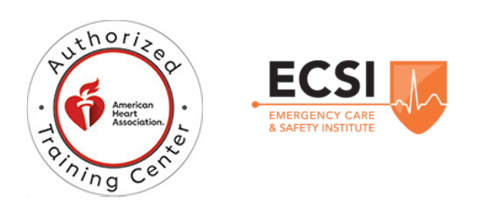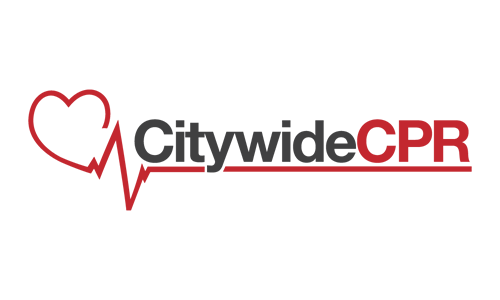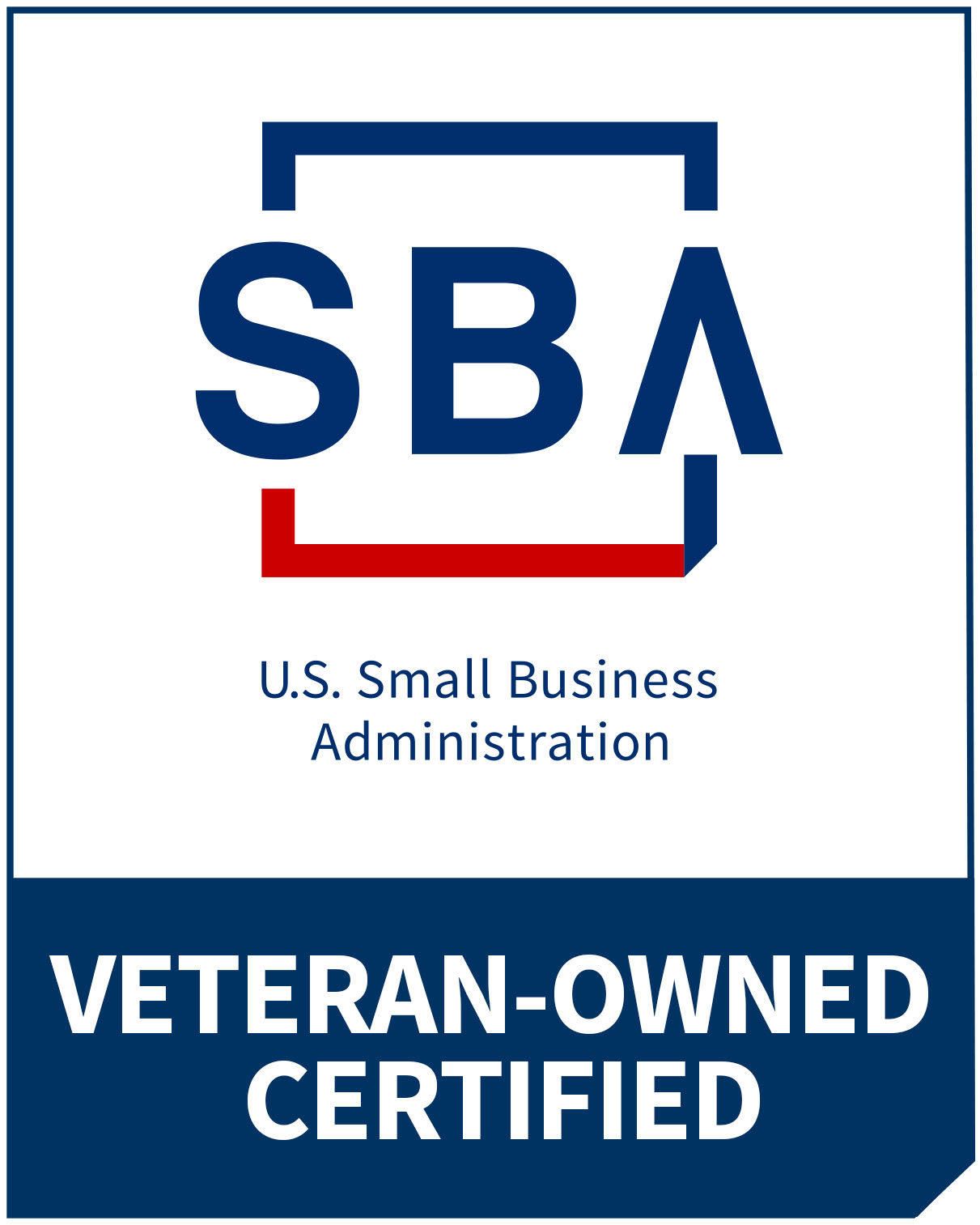It is ideal to learn Cardiopulmonary Resuscitation or CPR via hands-on training. You get to know how the skill is pulled off properly, one-on-one with your instructor. Hands-on training prepares a person for actual scenarios, making the student less tense in distressful situations that can happen in the future.
CPR is a combination of mechanical movements that help jumpstart the heart. It is the skill to learn when you want to revive someone who may have figured from a near-drowning or fainting due to heat stroke. The skill can be combined with machines that help jolt the heart back to full health.
One such device used by people is the AED or the Automatic External Defibrillator. It has chest pads that can check a person’s heart, attached to a machine that can measure a heart’s vital signs and provide a small amount of shock when necessary. The heart is something you should take care of because it can fail if it is overstressed or overworked.
It is great to hire someone for face-to-face lessons. This is the best because it makes students familiar with the methods they need to employ and the tools they will use when CPR won’t restore the heart to full working order.
But recent studies show that people can learn the skill without leaving the comfort of their home. People can finally learn the skill of revival via instructional videos, which makes sense because if you can play a new instrument or cook a recipe for the first time just by using videos.
This is strongly backed up by the study conducted by Audrey L. Blewer. They checked if the families they provided CPR instructional videos could learn and apply what they learned through what they watched. It tested more than a thousand family members from households prone to cardiac arrest and discovered that they were able to learn the skill with minimal lapses.
In conclusion, the study was able to discover that it is still possible to learn lifesaving without spending a lot of money. A typical CPR class could easily fall in the 100-dollar range, which makes learning the skill a turn-off for some.
Now that a study has been done showing the manikin is not needed in effectively teaching CPR to people, it changes things. Lives can now be easier to save because you can learn it on your own, unlike before when learning a skill required people to take direct classes.
This article does not discount the effectiveness of classes and actual training lessons. It can never replace physical classes because it is the better one when it comes to “real-world applications”. Nothing can prepare you better than an actual class. It can also boost how you do things, figuring and discovering the best processes to follow. However, since CPR can now be learned using videos, it revolutionizes the lifesaving process. You can now save other people’s lives better through knowing the skill better. Learning how to do it through the videos you watch can help make the experience and process of saving a life better.





